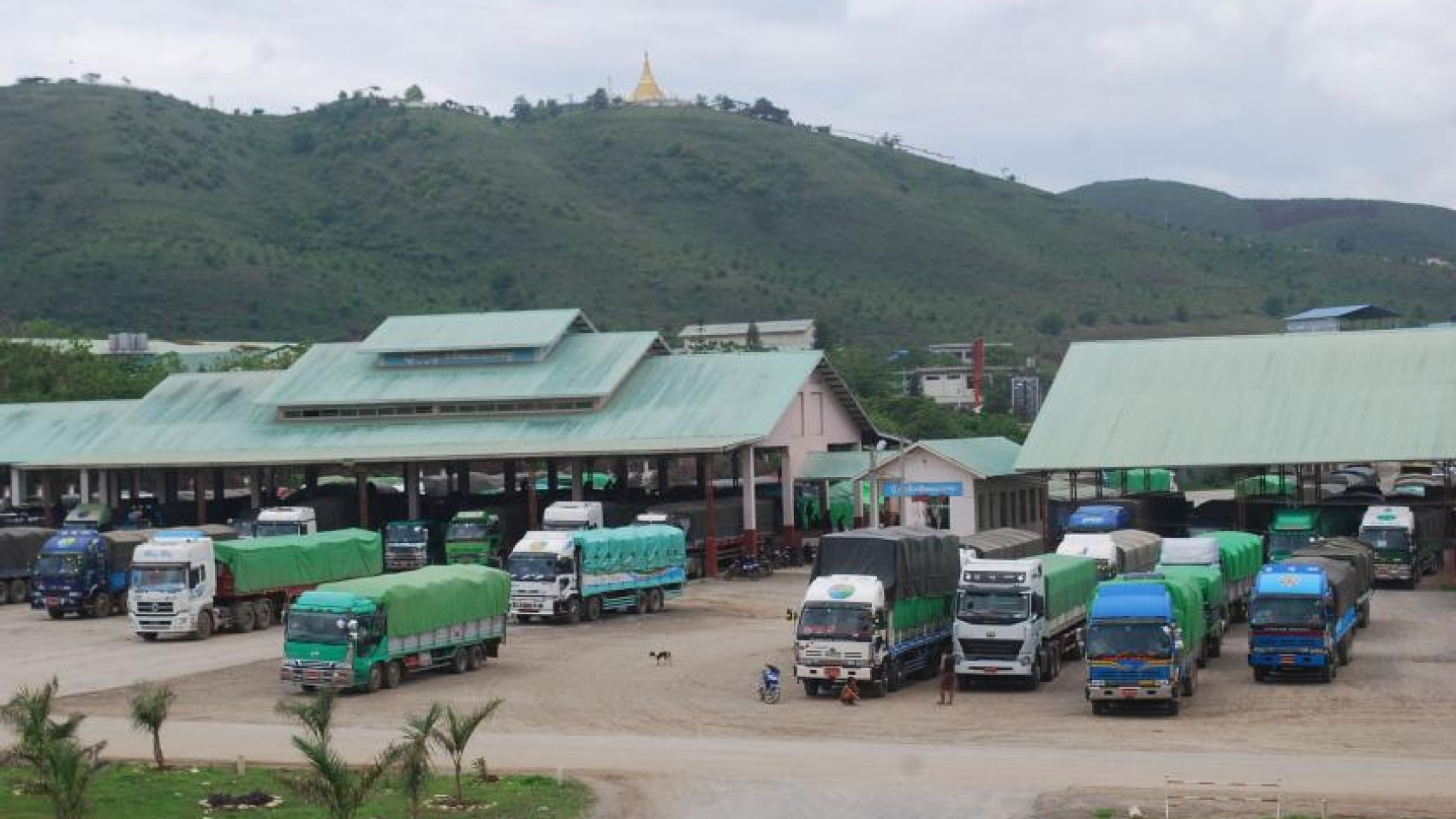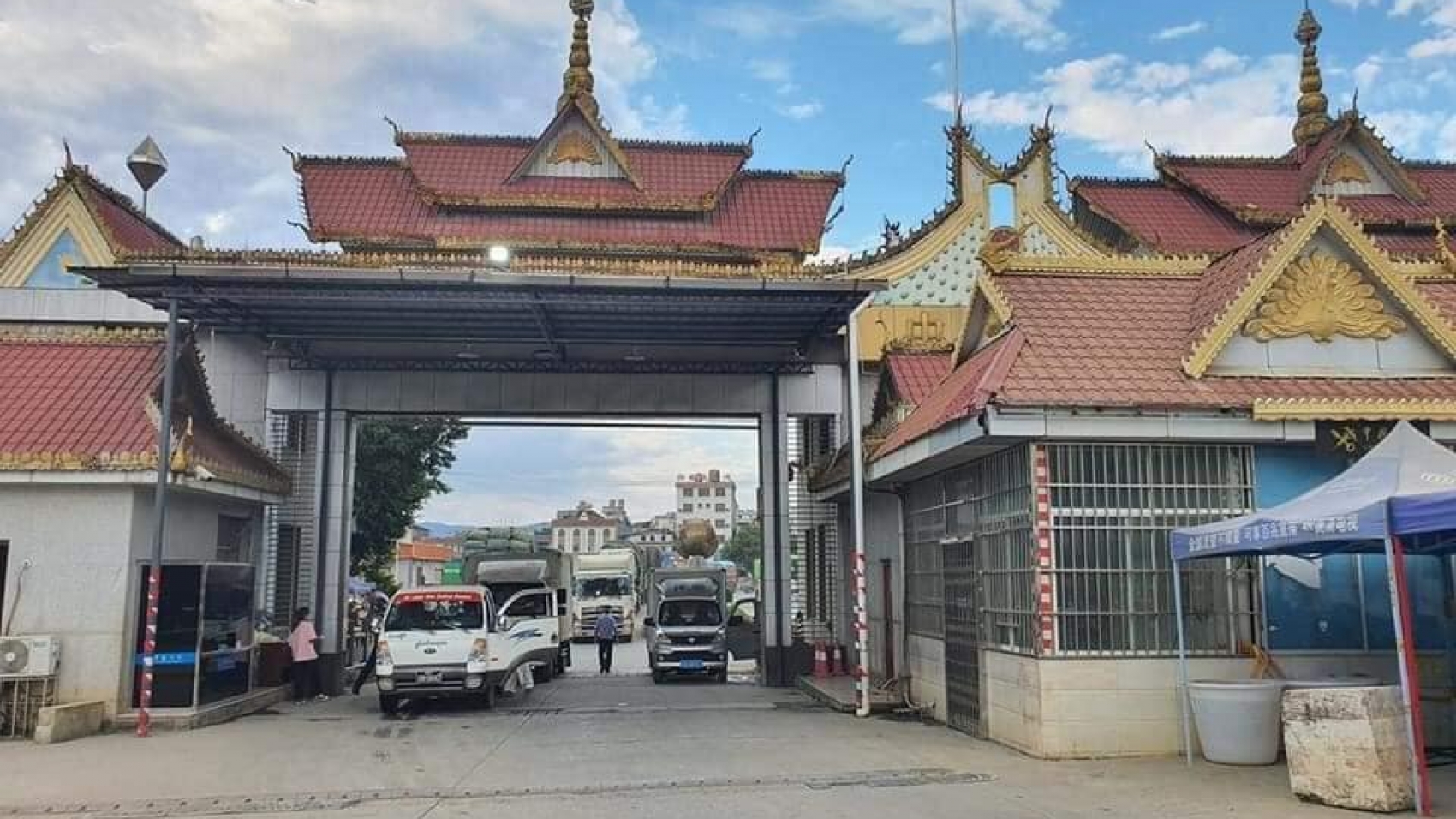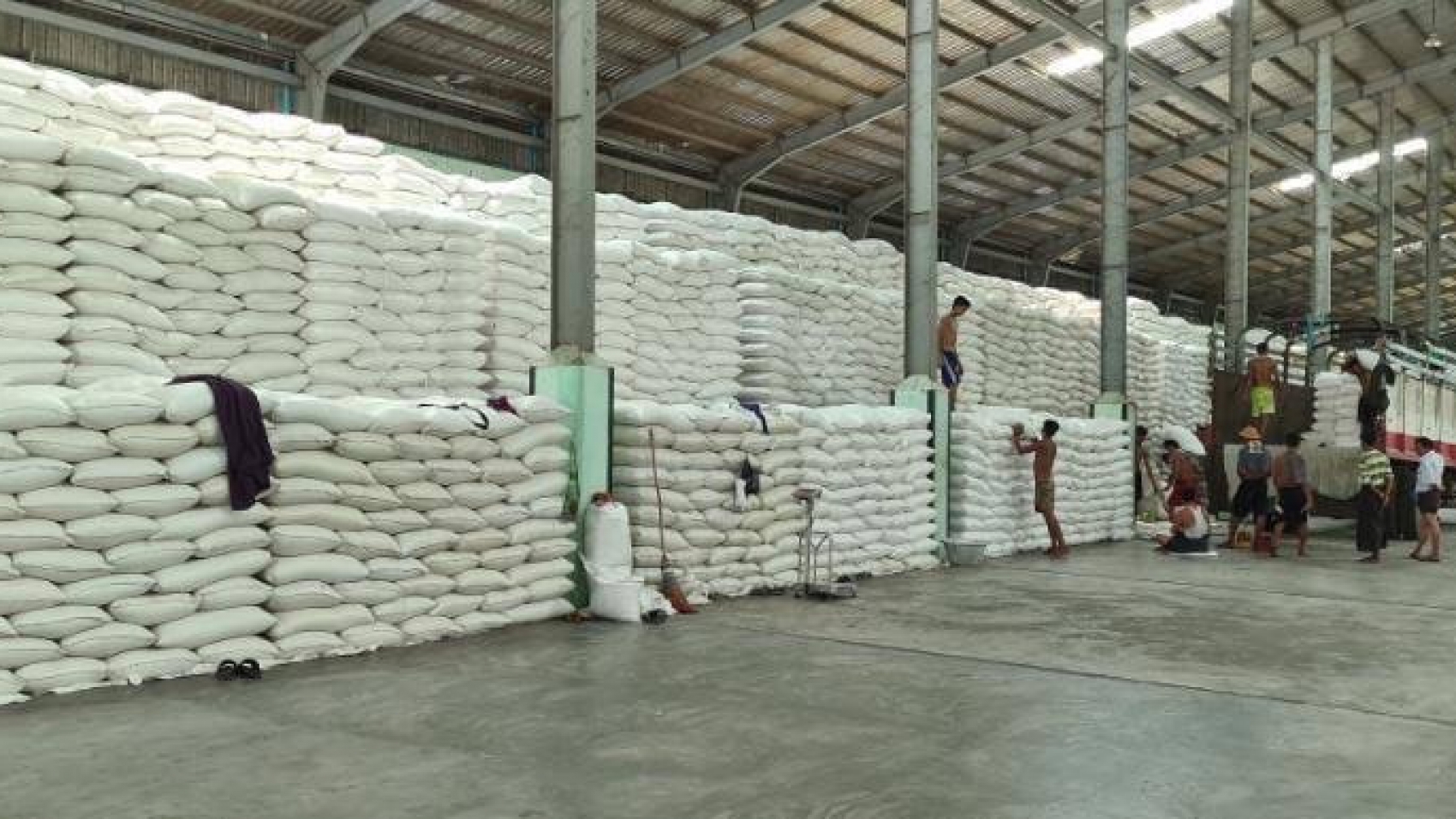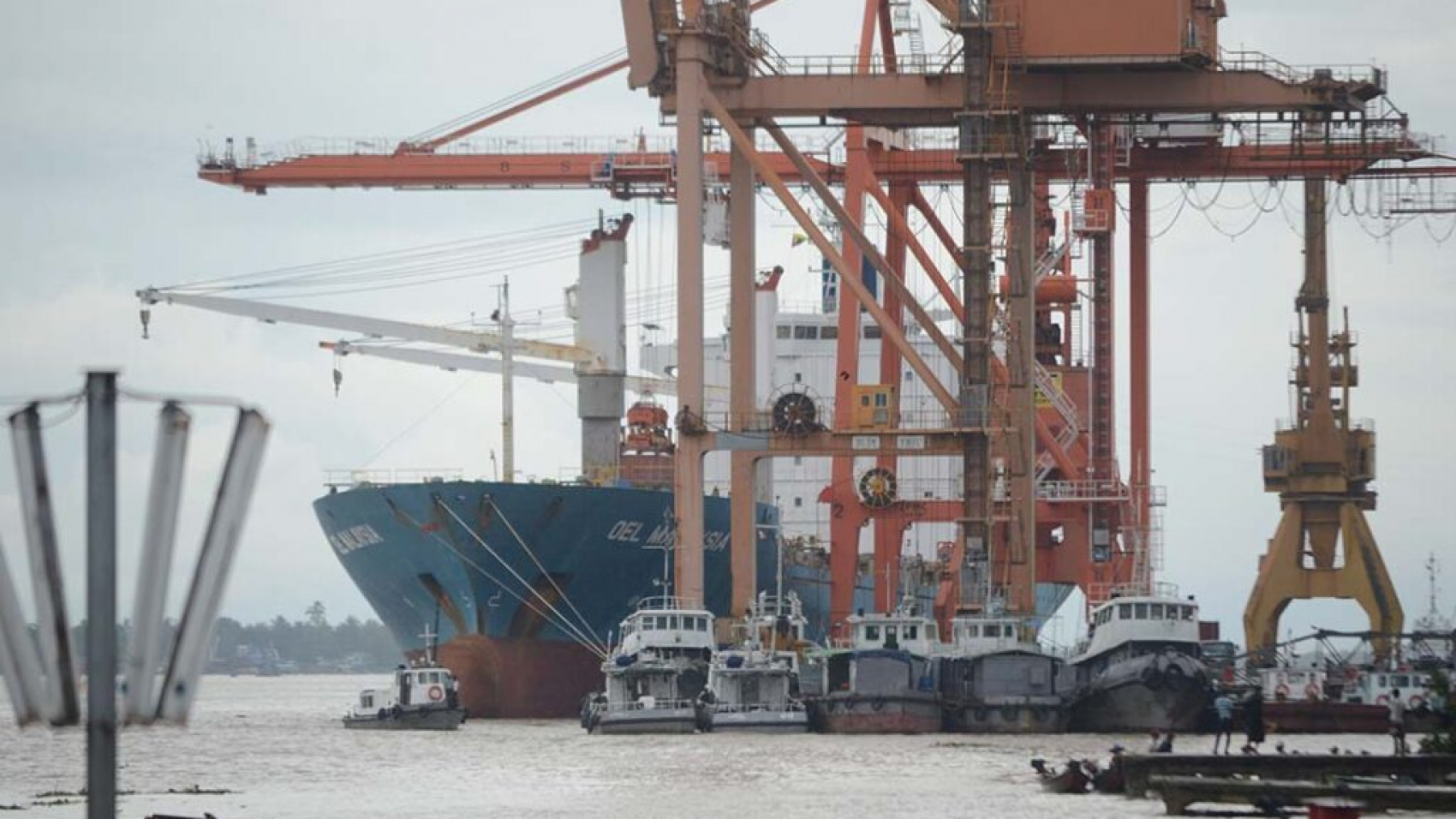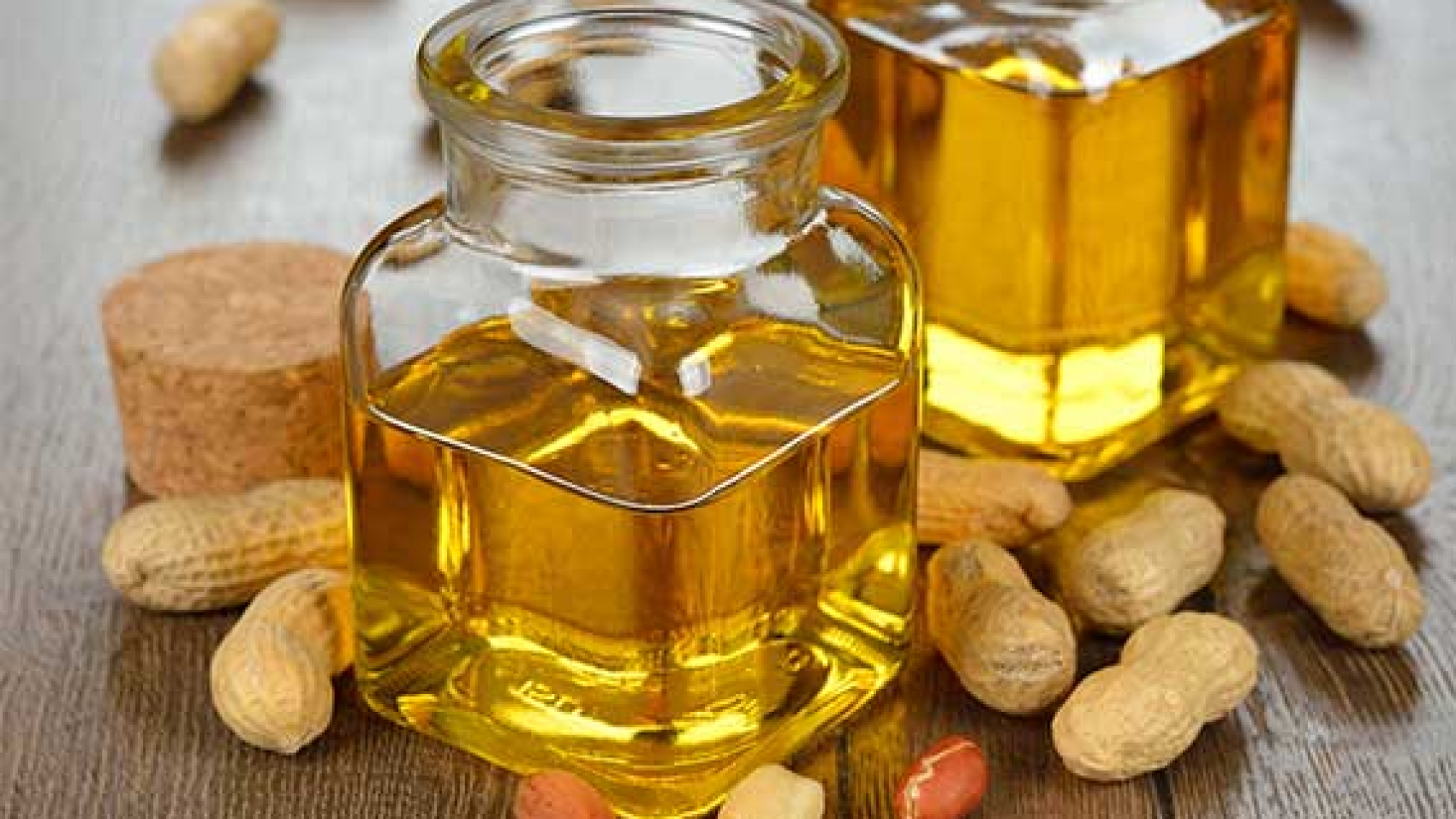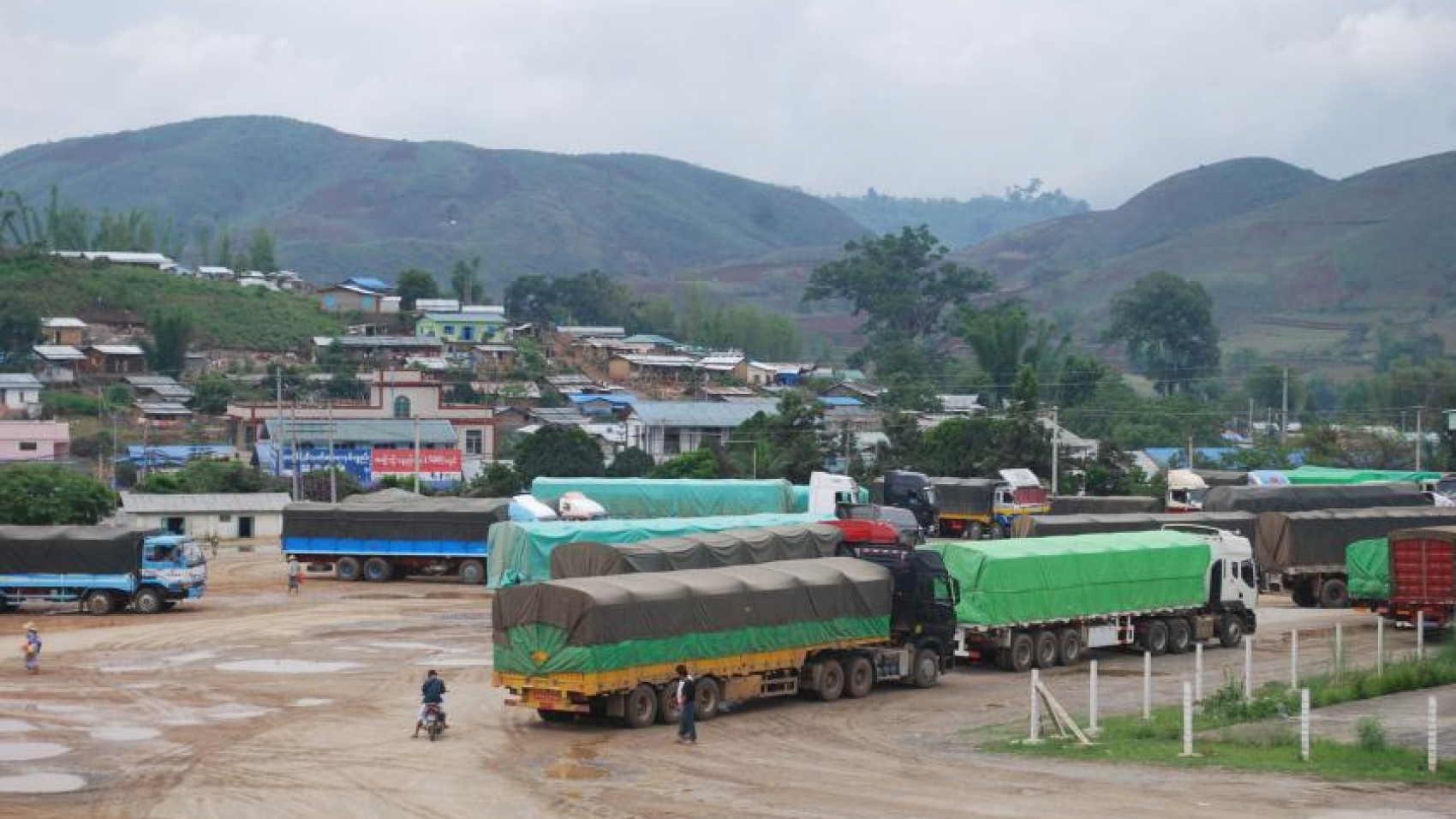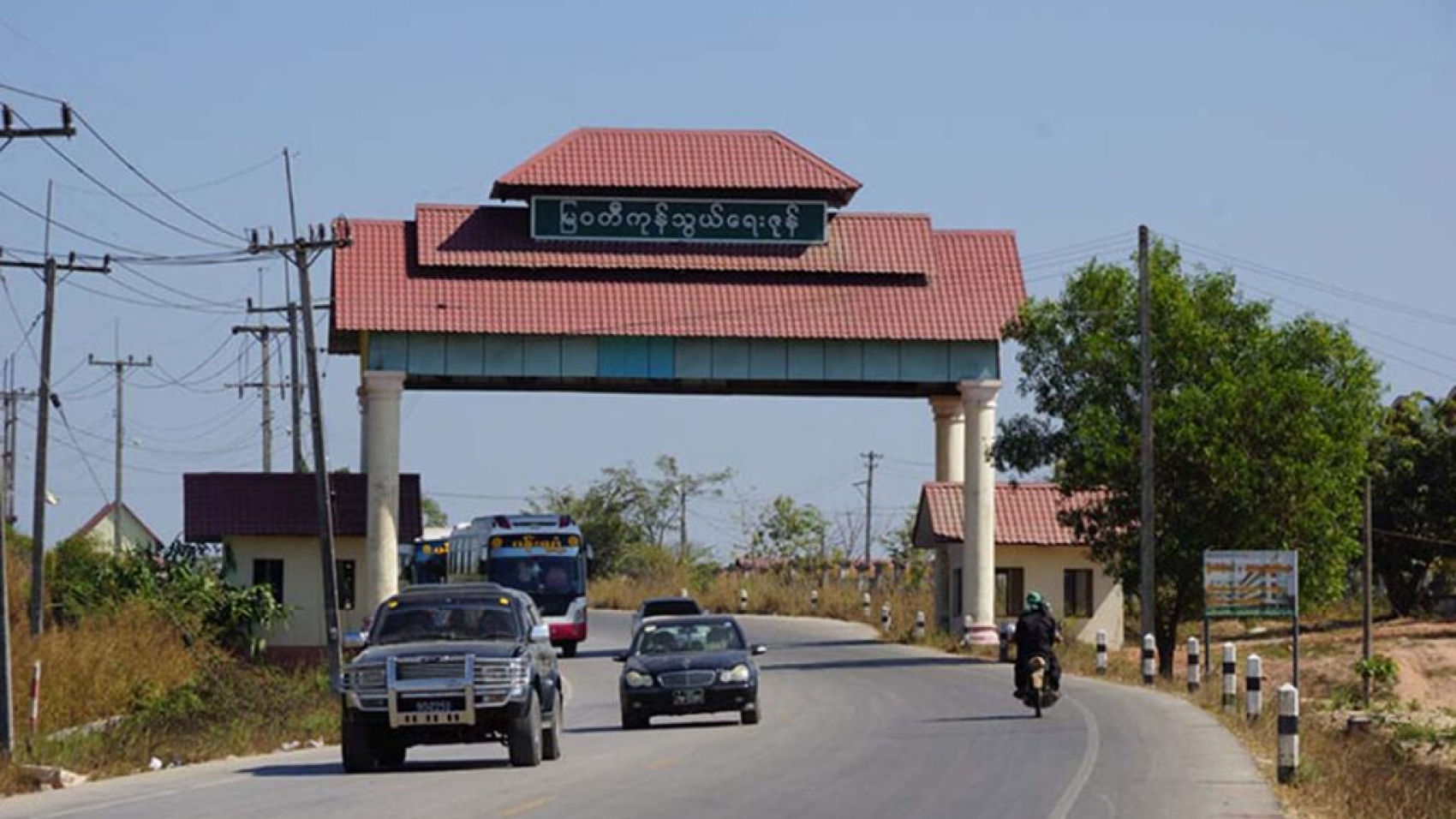The Trade Department under the Ministry of Commerce will issue Certificate of Origin (CO) Form RCEP to the products that originated in Myanmar and are designated to be exported to China so that the authorized traders can enjoy customs tariff relief, starting from 1 November. The Regional Comprehensive Economic Partnership-RCEP, a free trade agreement between the ten member states of ASEAN, Australia, China, Japan, the Republic of Korea and New Zealand has come into effect since January 2022.
According to the RCEP agreement, the CO form will be issued for the products that originated in Myanmar and that are to be sent to China to be free from customs duty from 1 November 2022. The exporters can apply for CO Form RCEP in compliance with the rules and regulations. Those traders can earn approved exporter status through an online CO application system https://onlineco.myanmartradenet.com from 1 November 2022. There are many trade benefits of being a member of RCEP. As per the agreement, tariff incentives are based on the development status of the states. They have agreed especially for Cambodia, Laos and Myanmar to have access to preferential tariffs and grant moderate tariffs to Viet Nam.
Additionally, the least developing countries will enjoy more exemptions according to a charter of the United Nations to support the Least Developed Countries (LDCs). For instance, the agreement stated Cambodia, Laos and Myanmar to be granted preferential tariffs over other states. The members of RCEP have to grant 65 per cent of custom tariff exemption in line with the agreement. However, Myanmar, Cambodia and Laos are entitled to give only 30 per cent tax-exempt to other entities. Afterwards, the members have to grant 80 per cent tax exemption ten years after the agreement is effective. Meanwhile, Myanmar is given a transition period for the trade sector of up to 15 years.
Moreover, the needs of the LDCs will be considered to implement the commitments under this agreement and enjoy customs duty relief while making efforts to spur trade and investment opportunities and participate in the regional and global trade and value chains. Myanmar, being a member of RCEP and the ASEAN, will get access to great opportunities to step up the international level in amending laws, policy framework and regulations for its trade and investment promotion and in the capacity of the governmental and private institutions. Likewise, Myanmar’s exports see vast foreign markets as the developed and technologically advanced countries are part of the RCEP (Japan, the ROK, Australia, New Zealand, and Singapore). In line with the agreement, responsible and accountable large investments will flow into the country for sure.
Source: The Global New Light of Myanmar

